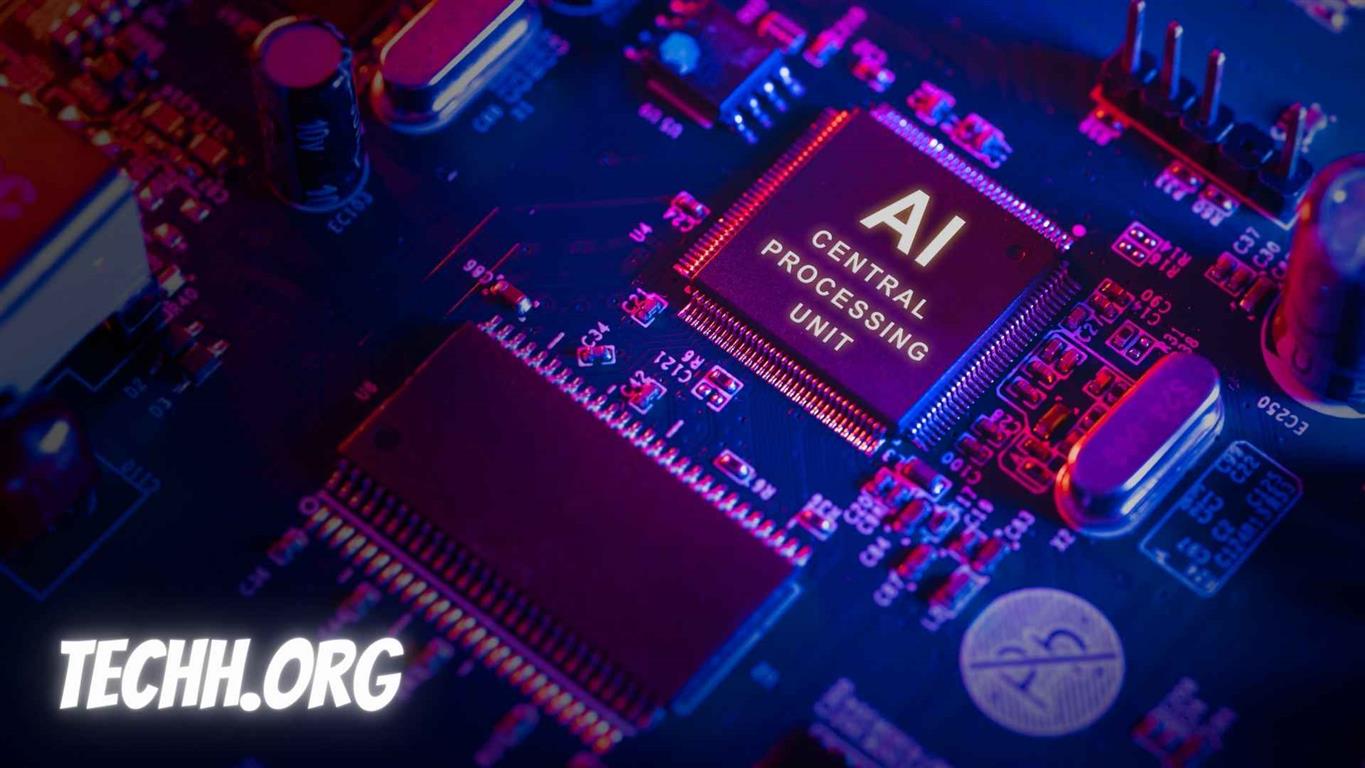Introduction Central Processing Unit
The Central Processing Unit (CPU), also known as the processor or microprocessor, is the core component of a computer system, responsible for executing instructions of a computer program. It’s often dubbed the brain of a computer, given its critical role in interpreting and performing tasks.
History and Evolution Central Processing Unit
The history of the CPU dates back to the early 1960s, with the advent of the first integrated CPU. Over the decades, CPUs have undergone significant evolution, transitioning from simple single-core processors to today’s advanced multi-core, high-frequency models.
First Generation Central Processing Unit
The first CPUs were large, room-sized installations, found in computers like the ENIAC. They were slow, vacuum-tube-based, and had limited computing power.
Microprocessor Revolution
The introduction of the Intel 4004 in 1971 marked the beginning of the microprocessor era, enabling the development of personal computers.
Multi-Core Era
In the 2000s, manufacturers started producing multi-core processors, enhancing performance and energy efficiency.
Architecture
The architecture of a CPU determines how it processes data and instructions. The two main types of CPU architecture are CISC (Complex Instruction Set Computer) and RISC (Reduced Instruction Set Computer).
CISC Architecture
CISC CPUs have a large set of instructions, allowing for a more versatile but complex operation.
RISC Architecture
RISC CPUs use a smaller, optimized set of instructions for faster and more efficient operation.
Components
A CPU consists of several key components, each playing a pivotal role in data processing.
Control Unit
The Control Unit orchestrates the operation of the CPU by directing data flow and managing instructions.
Arithmetic Logic Unit (ALU)
The ALU performs arithmetic such as addition, subtraction, multiplication, division and another logic operations.
Registers
Registers are small, fast storage locations within the CPU, used for holding data and instructions temporarily.
Cache Memory
Cache memory stores frequently accessed data and instructions, reducing the time taken to fetch them from the main memory.
Performance Factors Central Processing Unit
Several factors influence CPU performance, including clock speed, core count, cache size, and architecture.
Clock Speed
Clock speed, measured in Hertz (Hz), indicates the number of cycles a CPU can execute per second.
Core Count
Multi-core CPUs can execute multiple tasks simultaneously, improving overall system performance and efficiency.
Cache Size
Larger cache sizes allow for quicker access to data and instructions, enhancing processing speed.
Central Processing Unit Cooling
Effective cooling is essential for maintaining optimal CPU performance and longevity. Cooling solutions include air coolers, liquid coolers, and thermal paste.
Choosing the Right Central Processing Unit
Selecting the right CPU depends on individual needs, budget, and intended use, such as gaming, content creation, or everyday tasks.
Budget Considerations
Balance your budget with your performance needs, considering future-proofing and potential upgrades.
Use Case
Identify your primary use case to determine the necessary performance and feature requirements.
Notable Manufacturers
Prominent CPU manufacturers include Intel, AMD, and ARM, each offering a diverse range of processors for various applications.
Future of Central Processing Unit
The future of CPUs is marked by continuous innovation, focusing on enhancing performance, energy efficiency, and integrating new technologies like AI and quantum computing.
Conclusion Central Processing Unit
The Central Processing Unit remains a fundamental hardware component of computer systems, driving their capabilities and performance. Understanding its history, architecture, components, and performance factors is essential for anyone looking to delve deeper into computer science or make informed purchasing decisions. As technology advances, we can expect further innovations and developments in CPU design and functionality, shaping the future of computing.






One thought on “Central Processing Unit: The Brain of a Computer”
Comments are closed.